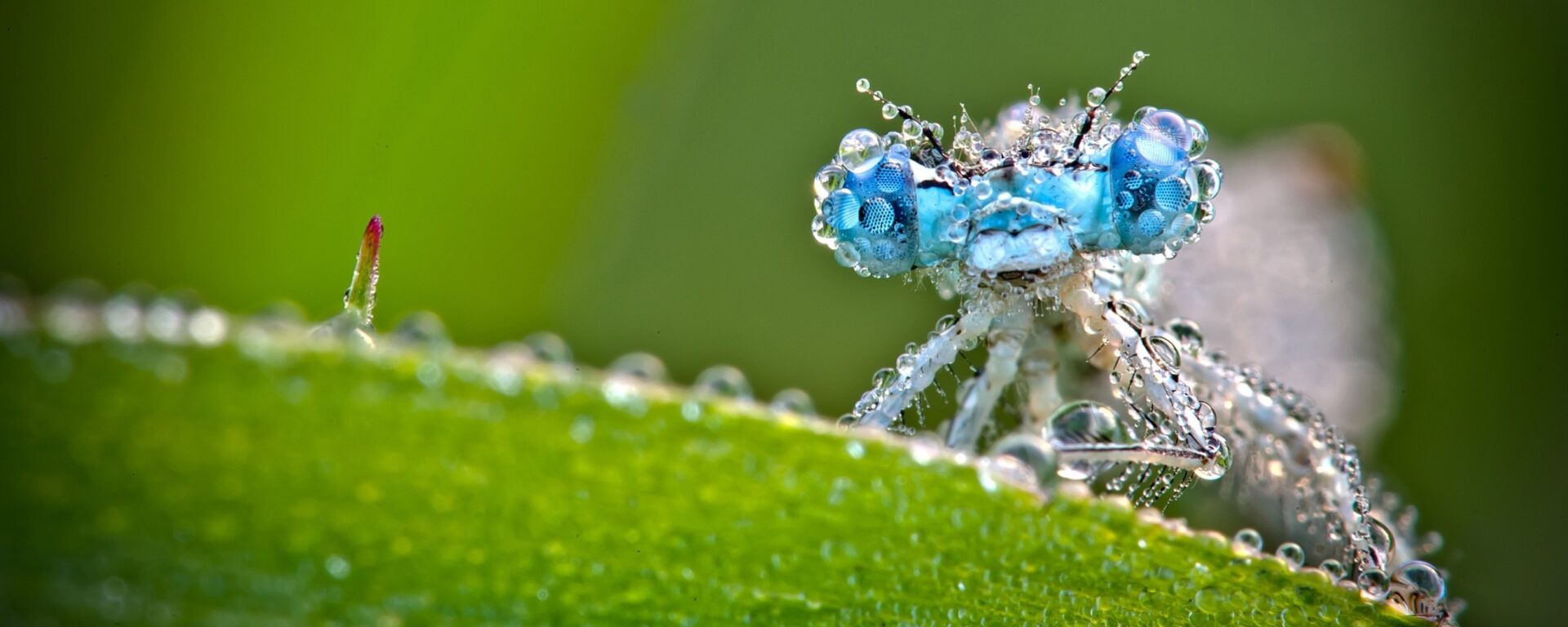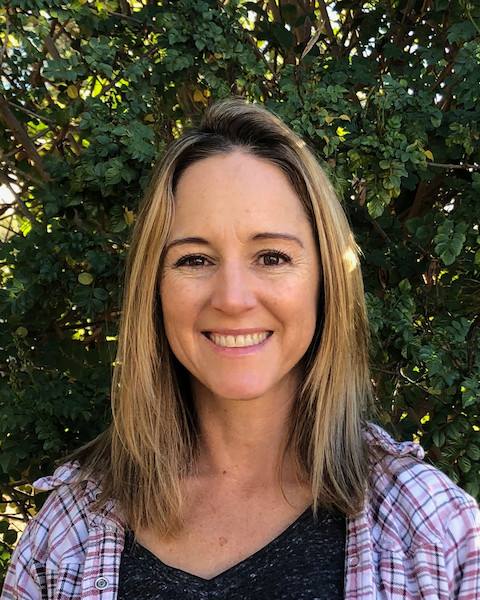In 2011 in conjunction with the South County Land Managers, the Conservation Biology Institute (CBI) and The Nature Conservancy (TNC), developed landscape-scale conservation visions and restoration plans for native grassland and forbland habitats, specifically targeting Otay tarplant (OTP) and Quino checkerspot butterfly (QCB) (Table 1-1). These groups also worked with the San Diego Management and Monitoring Program to develop goals and objectives for these species and habitats as part of the Management Strategic Plan (SDMMP 2013).
Over the past 3 years, Phase II of the South County Grasslands project has tested restoration methods at eight study sites (Figure 1) at Sycamore Canyon (Bureau of Land Management), Proctor Valley (National Wildlife Refuge), Sweetwater Reservoir (National Wildlife Refuge), and Rancho Jamul Ecological Reserve (California Department of Fish and Wildlife) to determine the most effective method for controlling invasive grasses and restoring native grasslands and forblands. The ultimate objective of the project is to develop Best Management Practices (BMPs) for landscape-scale restoration of native grasslands and forblands.
Land IQ developed the experimental design for Phase II, which incorporated mechanical and chemical methods of weed control, including mowing, line trimming, and use of herbicides. A natural fire and a prescribed fire at two RJER sites were incorporated into the design. Over multiple treatments, vegetation was cut prior to seed set to reduce input of invasive grass seeds to the near-surface soil seed bank. The experimental layout was completed in the field in Fall 2013, and the sites were dethatched prior to the first round of treatments in 2014. Invasive grass treatments were applied twice per year (winter and spring). The timing of treatments was driven primarily by weather events and plant phenology.
S&S Seeds, assisted by volunteers from the Earth Discovery Institute, collected local seeds in 2014 and 2015, per seed mix specifications developed by Land IQ for the project. Low rainfall in 2014 and 2015 reduced flowering and seed production and thus, the amount of seed available for collection. Recon Native Plants, Inc. (RNP) bulked seed for OTP, purple needlegrass (Stipa pulchra), and foothill needlegrass (Stipa lepida). These three species were selected because of their relative scarcity in the area and thus difficulty in collecting them. First generation (F1) OTP bulked seed collected at RJER will be seeded in the OTP experimental plots at Site 4 (RJER) in Phase III (Fall 2015), and bulked seed from the other two OTP populations (Gobbler’s Knob and Shinohara) will be processed and stored at Rancho Santa Ana Botanic Garden (RSABG) for use in the U.S. Geological Survey (USGS) OTP genetics study (planned for 2016) and/or used to enhance or create new populations by seeding into one of the study sites.
Site preparation was completed in spring 2015, with 3 years of treatment at Sites 4, 5, and 8 and 2 years of treatment at Sites 1, 2, 3, 6, and 7. The following results, as targeted in our initial proposal, were achieved:
• 7.8-acres total of site preparation for habitat restoration of grassland, forbland, QCB habitat, and OTP habitat.
• 35.2 acres of invasive grass treatment in the buffers around Sites 2, 4, 5, 6, 7, and 8. South County Grasslands Project – Phase 2 – Final Report 2015 Land IQ – CBI 2 • 3 acres of invasives treatment around QCB habitat restoration plots.
• Production of 1.17-lbs of rough cleaned F1 OTP seed from three populations.
• Production of 1.3-lbs of cleaned Stipa lepida and 17.6-lbs of Stipa pulchra F1 seed for use in the seed mixes to be installed Fall 2015.
• Special local seed collection for seed material to be installed in Fall 2015 at Sites 1-7.
• Qualitative monitoring by EDI volunteers at designated photo points; results will be used for analysis and interpretation of the quantitative datasets to be collected in 2016 and again in 3-5 years post-seeding.



